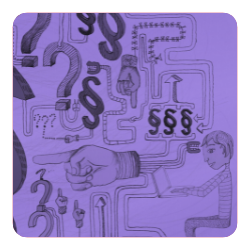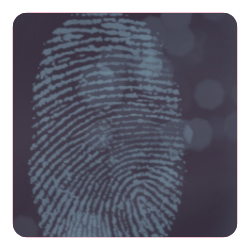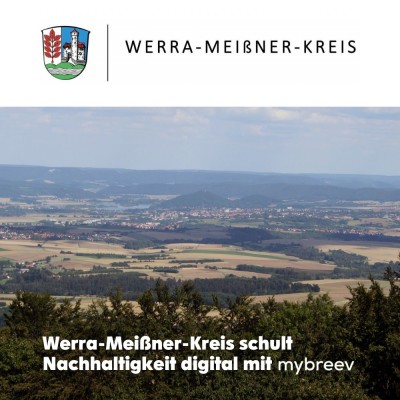In a class of its own: information classifications in companies
Whether it's the next annual report, the current team strategy, expired customer contracts, or simply the company cafeteria menu for the coming week: Information security must take into account all types of information and includes various measures to protect confidentiality, integrity and availability. But the sheer volume of different data and information makes it difficult to distinguish sensitive from less sensitive information. A standardized information classification system can help here.
With the help of this information classification system, all information within the company is divided into defined categories. These help to determine the worthiness of protection of this information and to manage it better. To facilitate information classification in practice, general criteria are defined that employees can use to identify the classification of a record, document, or file.
Best practice: Implementing information classification successfully with these measures
In practice, the following measures have proven particularly effective in making employees and managers aware of the importance of information classification:
- Create a binding set of rules: Information classification should be a formalized part of the company's information security policy. This must define the various classifications, as well as the underlying evaluation criteria and associated protective measures.
- Take stock: Information classifications can only make a sustainable contribution to information security if they are applied across the company – this also applies to existing documents. Therefore, existing information should be analysed and supplemented accordingly.
- Take technical measures: Common software such as writing programs and e-mail clients usually offer technical extensions for information classification. This ensures that every document created has an appropriate classification and that employees are constantly reminded of the importance of classification.
- Raise awareness among your employees and managers: Provide clarity about the importance of information security and document classification. Explain the evaluation criteria and provide practical guidance on how to classify accordingly.
Create a common understanding of sensitivity and worthiness of protection.
To put information in a security context, organizations cannot avoid information classification. This is because only this ensures that there is a uniform understanding of the sensitivity and worthiness of protection of information and that appropriate measures are taken. However, innovative solutions can help to find a way through the document jungle and create order. For example, intelligent software using AI is already on the rise to assist in assessing sensitivity.
To familiarize employees and managers with the relevant classifications and available utilities, Security-Island has developed a professional e-learning that can be implemented in any number of languages and across the company.































